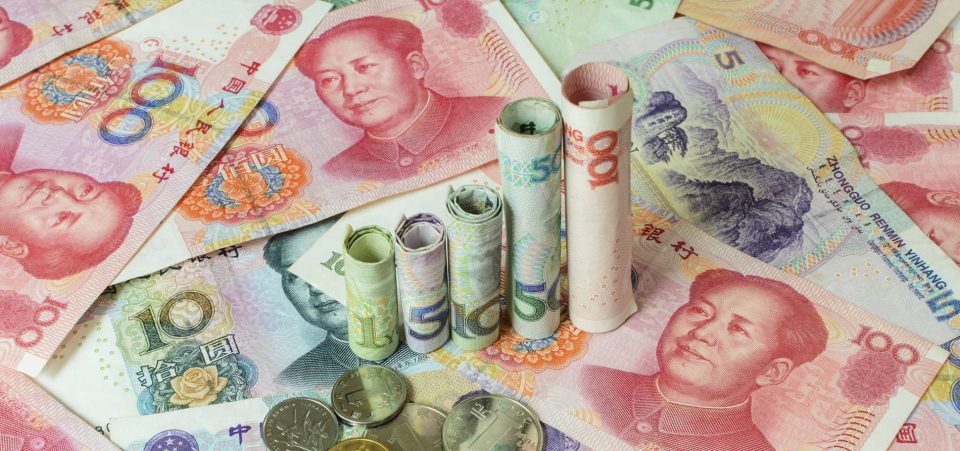Debt Soars, Profits Fall
After last year’s stock market crash in China, the market increased its scrutiny of Chinese firms. What they found was rather shocking. For instance, one quarter of all Chinese companies are not producing enough profit to fund the interest on their debt. This doesn’t even account for principal payments; it is simply focused on the bare minimum needed to stay afloat. (Source: “Road to stagnation? China Inc gets a break from lenders,” Reuters, October 04, 2016.)
Almost 25% of Chinese businesses aren’t making enough money to cover those interest-only expenses, meaning they are in serious trouble. Why aren’t we seeing a spate of bankruptcies, though?
New reports suggest the answer lies in Beijing, where government regulators are signaling that creditors should roll over the debt rather than call it in. Stretching the timeline for repayment would go a long way in keeping these companies afloat, but it doesn’t change the underlying fundamentals. (Source: Ibid.)
China has been weak since the stock market crash last year. With the economy in such a delicate state, it’s become hard for companies to manage their massive debt loads. Government statistics show that corporate China holds a total $18.0 trillion worth of loans. By contrast, the Chinese economy produces $10.65 trillion per year.
That means every $1.00 produced by the Chinese economy has a corresponding $1.69 of debt. Under normal circumstances, companies that can’t service their debt simply go bankrupt. The need to stay solvent is a core principle of capitalism, but Chinese corporations are being given an extra lifeline thanks to political pressure from the government. There’s too much at stake for the overall economy.
It is an open question of whether the program will be effective or whether it will induce a Japan-like decade of stagnation. Another possibility is that adding more credit to the country’s financial system will exacerbate the existing vulnerabilities.
By postponing the day of judgment, Chinese companies could have shot themselves in the foot. They may have pumped extra air into the bubble, making it that much more likely to pop. The next few months should provide an excellent window into the situation.






